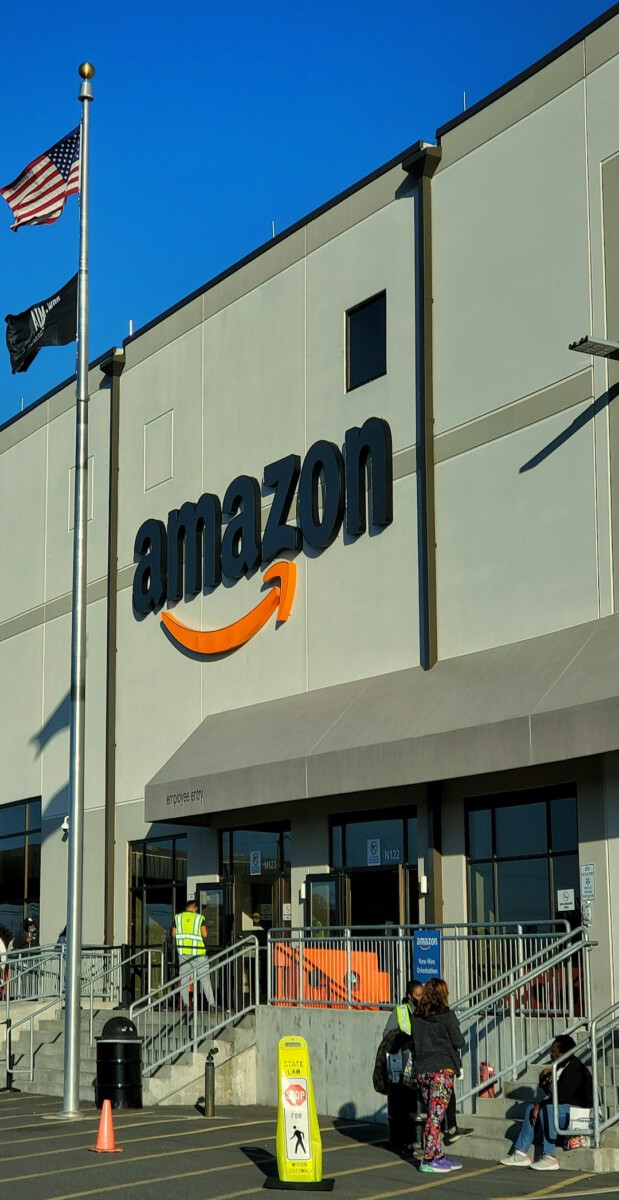The Bold Bet on Full-Time Office Life (Image Credits: Unsplash)
Office towers in Seattle hum with activity these days, yet a subtle undercurrent of frustration lingers in the air as employees navigate the daily grind.
The Bold Bet on Full-Time Office Life
Picture this: Amazon’s CEO Andy Jassy rolls out a five-day-a-week return to the office starting January 2025, aiming to recapture the magic of in-person collaboration. It’s a dramatic shift from the flexible hybrid model that defined the post-pandemic era. The company argues it boosts innovation and team bonding, drawing on observations from their own experiments.
Still, early signs point to trouble. Internal memos and insider reports reveal recruiters scrambling as top candidates balk at the rigid setup. What seemed like a straightforward productivity play is now testing Amazon’s ability to hold onto its edge in a competitive tech landscape.
Recruitment Roadblocks Emerge
Here’s the kicker – Amazon’s strict policy is straight-up scaring away elite talent. According to reports from Business Insider, the “hub strategy” demands relocation for many roles, turning dream job offers into instant no-gos. Engineers and AI specialists, the lifeblood of Amazon’s future, are opting for rivals like Google or startups with remote perks.
One internal document highlights how hiring timelines stretch longer, with rejection rates spiking. It’s not just about convenience; candidates cite work-life balance and family needs as deal-breakers. This talent drought could slow down key projects, from cloud computing to e-commerce expansions.
Meanwhile, the ripple effects hit hard. Teams face gaps in expertise, forcing existing staff to pick up slack amid burnout risks.
Employee Morale Takes a Hit
Inside Amazon’s walls, the vibe has shifted. Posts on X capture the mix of resignation and quiet rebellion, with workers lamenting longer commutes and less family time. Protests from years past feel prophetic now, as the full mandate settles in.
Surveys and anecdotes show a divided workforce. Some thrive on the structure, praising easier mentoring and spontaneous ideas. Others, especially parents or those in high-cost areas, feel squeezed, leading to higher turnover intentions.
Business Ripples Beyond the Boardroom
The policy’s fallout isn’t confined to HR woes. INRIX data suggests increased traffic congestion around Amazon hubs, straining urban infrastructure and adding commute costs for everyone involved. That’s real money – fuel, time, and stress – that employees now shoulder.
On the financial side, 2025 has brought layoffs tied to AI efficiencies and restructuring, with up to 15% cuts in HR alone. While Amazon touts robotics replacing warehouse roles, the office push amplifies perceptions of a company out of touch, potentially denting stock confidence.
Experts warn of a broader backfire. Inc. magazine notes how such mandates often lead to innovation dips, as diverse remote talent pools shrink.
Comparing the Before and After
To see the shift clearly, consider this snapshot of Amazon’s work landscape.
| Aspect | Pre-2025 Hybrid | Post-Mandate Reality |
|---|---|---|
| Talent Attraction | Flexible options drew global applicants | Relocation demands deter top picks |
| Employee Retention | Lower turnover with work-life balance | Rising exits and morale dips |
| Operational Costs | Remote tools kept overhead low | Office expansions and traffic strain budgets |
This table underscores the trade-offs. Hybrid eras fostered inclusivity; now, the focus narrows to those who can commit fully.
Lessons for the Tech Giant
As 2025 unfolds, Amazon grapples with unintended consequences. The push for unity might unify the office, but at what price to agility? Forward-thinking leaders elsewhere are watching closely, blending mandates with flexibility to avoid similar pitfalls.
Key moves could include targeted remote exceptions for high performers or investing in better transit perks. Yet, with AI reshaping jobs – potentially axing hundreds of thousands – the human element remains crucial.
Key Takeaways:
- Strict RTO is eroding Amazon’s recruitment edge in a talent-war era.
- Employee pushback highlights the value of hybrid models for retention.
- Broader impacts like traffic and layoffs signal a need for balanced strategies.
In the end, Amazon’s office experiment reminds us that forcing change rarely goes smoothly in a world craving options. Strong cultures build on trust, not edicts. What do you think – is full RTO a smart play or a misstep? Share in the comments below.








